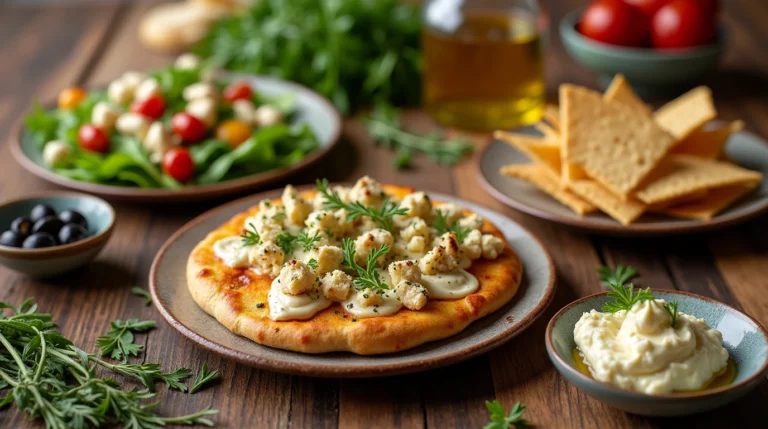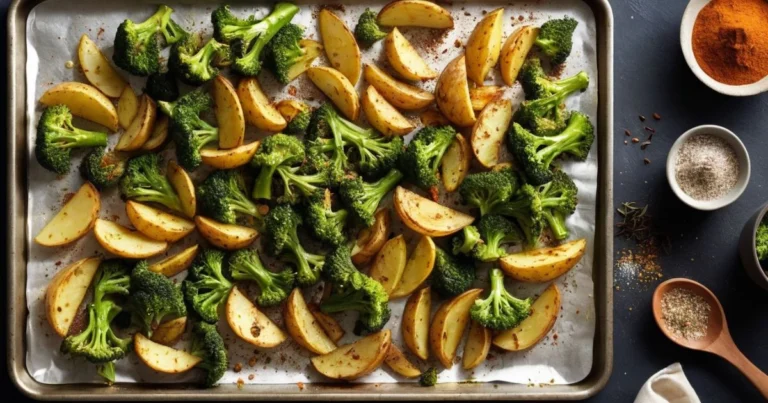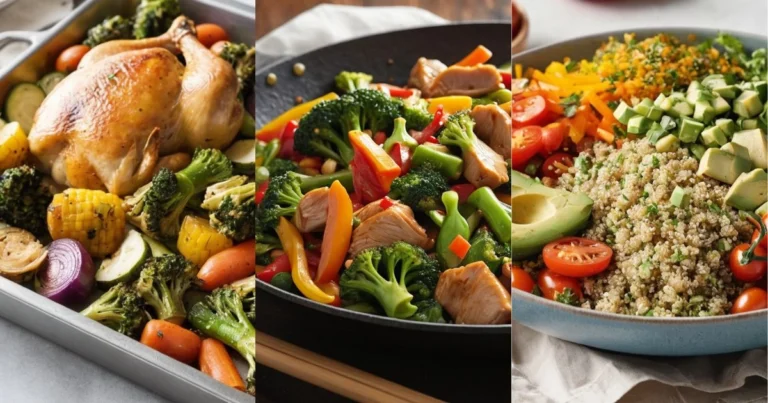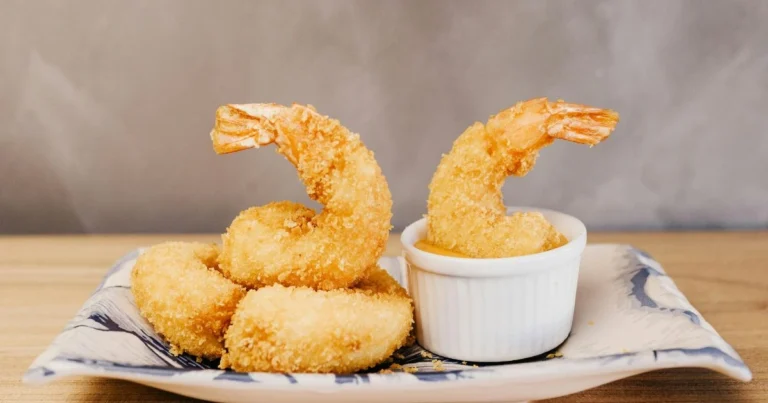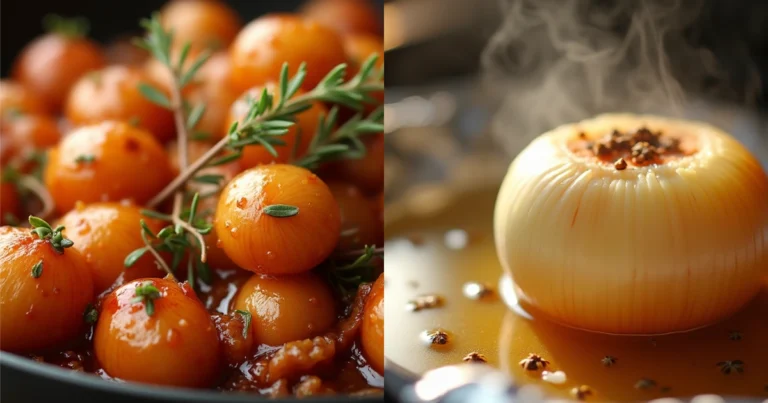Fish Food Recipe: Easy Homemade Feed for Healthy Fish
Your fish rely on you for everything, especially their nutrition. The food you provide isn’t just fuel; it’s the key to their growth, vibrant colors, and overall health. If you’ve ever wondered if there’s a better way to nourish your aquatic pets than relying solely on store-bought fish food, you’re not alone. With a homemade fish food recipe, you can take control of their diet, ensure they’re eating fresh, nutritious ingredients, and even save money along the way.
This guide will show you how to make a simple, customizable fish food recipe that caters to the specific needs of your fish. Whether you’re caring for herbivores, carnivores, or omnivores, this article provides all the details you need to make a difference in their lives.
Table of Contents
Why Choose Homemade Fish Food?
Homemade fish food isn’t just a trendy idea; it’s a thoughtful choice that offers real benefits for you and your fish.

The Benefits of Making Fish Food at Home
- Control Over Ingredients: You’ll know exactly what’s going into their food, avoiding fillers and preservatives.
- Tailored Nutrition: Customize the recipe based on the species of fish you have, ensuring they get everything they need.
- Cost-Effective: Use fresh, everyday ingredients from your kitchen to create a high-quality alternative to expensive store-bought options.
- Eco-Friendly: Reduce waste by reusing kitchen scraps or eliminating packaging.
What Do Fish Need in Their Diet?
Fish species have different dietary requirements, but their nutrition generally revolves around these components:
- Proteins: Essential for growth and repair, especially for carnivorous fish. Sources include shrimp, fish, or worms.
- Carbohydrates: Provide energy and fiber. Vegetables like peas, spinach, or zucchini are great options.
- Vitamins and Minerals: Promote vibrant colors, strong immune systems, and energy. Spirulina powder or supplements can help.
Ingredients for a Basic Homemade Fish Food Recipe
Before you begin, gather the following ingredients to ensure your recipe is nutritious and easy to prepare.

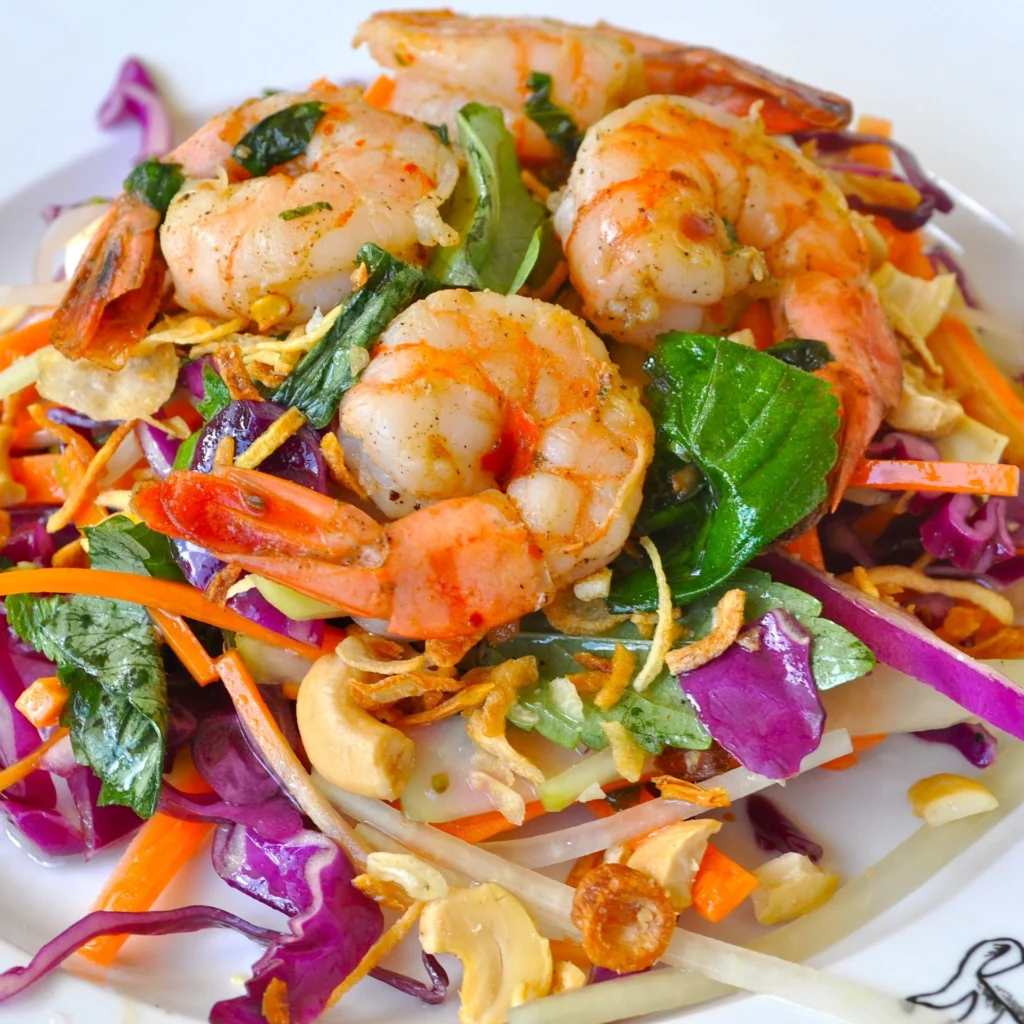
| Ingredient | Quantity | Purpose |
|---|---|---|
| Fresh Fish or Shrimp | 1 cup | High-quality protein source. |
| Vegetables (e.g., spinach, peas) | 1 cup (chopped) | Fiber, vitamins, and minerals. |
| Gelatin | 1 tablespoon | Binds ingredients into easy-to-eat chunks. |
| Spirulina Powder | 1 teaspoon | Provides essential nutrients and enhances coloration. |
| Garlic (optional) | 1 clove (minced) | Boosts immunity and prevents disease. |
| Fish Oil (optional) | 1 teaspoon | Promotes a shiny, healthy coat. |
Customizing Ingredients for Your Fish
- Herbivores thrive on greens and algae-rich ingredients.
- Carnivores need a diet rich in protein, such as fish, shrimp, or worms.
- Omnivores benefit from a balanced mix of protein and vegetables.

How to Make Fish Food at Home
Notes
Step 1: Prepare the Ingredients
- Steam or boil the vegetables until they’re soft.
- If using raw shrimp or fish, cook them lightly to eliminate any potential pathogens.
Step 2: Blend the Mixture
- Combine the cooked fish, shrimp, or worms with the vegetables in a blender.
- Add optional ingredients like spirulina powder, garlic, or fish oil. Blend until the mixture is smooth.
Step 3: Add Gelatin
- Prepare gelatin according to the package instructions. Slowly incorporate the blended mixture into the gelatin, stirring to combine.
Step 4: Set the Mixture
- Pour the mixture into ice cube trays or spread it onto a flat dish lined with parchment paper. Refrigerate until it sets.
Step 5: Cut and Store
- Once set, cut the mixture into small, fish-sized portions. Store them in an airtight container in the freezer for up to two months.
Variations for Different Fish Species
Every species of fish has unique dietary preferences. Here’s how to tailor your recipe to meet their specific needs:
1. Herbivores
- Add extra greens such as kale, zucchini, and spirulina powder.
- Reduce or eliminate animal-based proteins.
2. Carnivores
- Increase the protein content by including cooked chicken, worms, or fish.
- Use less gelatin for a softer consistency.
3. Omnivores
- Strike a balance by mixing equal parts protein (e.g., shrimp) and vegetables (e.g., peas, spinach).
4. Fry (Baby Fish)
- Blend the mixture into a very fine consistency and create tiny particles suitable for small mouths.
Tips for Feeding Your Fish
Feeding your fish properly is just as important as preparing nutritious food. Follow these tips to keep your aquatic friends healthy and happy:
Dos and Don’ts
- Do: Feed small amounts that your fish can consume within 2–3 minutes to avoid leftover food polluting the water.
- Don’t: Overfeed or provide food with ingredients that cloud the tank.
Best Practices
- Store homemade fish food in the freezer to maintain freshness and prevent spoilage.
- Monitor your fish’s behavior after feeding to ensure they’re eating the food and digesting it well.
- Rotate homemade food with high-quality commercial food to ensure variety and balanced nutrition.
Frequently Asked Questions About Fish Food Recipe
1. Can I make fish food without gelatin?
Yes! Agar-agar, a plant-based alternative, works just as well and is perfect for vegetarian or vegan options.
2. How long can I store homemade fish food?
Frozen homemade fish food can last up to two months. Avoid refrigerating for extended periods as it may spoil.
3. Can I feed my fish raw ingredients?
While some fish can handle raw ingredients, lightly cooking fish or shrimp minimizes the risk of harmful bacteria or parasites.
4. Is homemade fish food suitable for all fish species?
Most species will adapt to homemade food if the recipe matches their dietary needs. Research your fish species to tailor the recipe.
5. What if my fish don’t eat the homemade food?
Introduce the new food gradually by mixing it with their usual diet. This will help them adapt to the new taste and texture.
Conclusion: A Healthier Choice for Your Fish
Taking the time to prepare homemade fish food is one of the most rewarding things you can do as a fish owner. By crafting a personalized recipe, you’re giving your aquatic pets the nutrients they need to thrive while ensuring the food is fresh, high-quality, and free from unnecessary additives.
Call-to-Action
“Ready to give your fish a healthier, tastier diet? Try this easy homemade fish food recipe today and see the difference it makes! Share your favorite customizations in the comments, and for more pet care tips, visit ChewyRecipes.com.”


